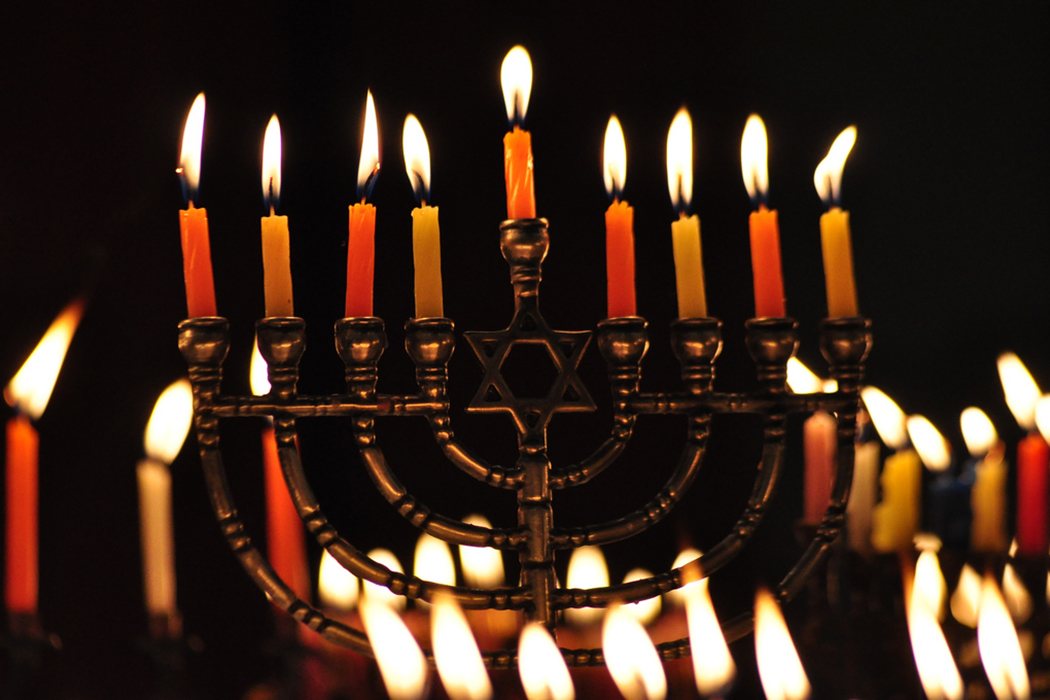Hanukkah (traditionally a minor Jewish holiday) commemorates the rededication of the Second Temple in Jerusalem in the second century BCE and the victory of a small band of Jews, the Maccabees, against the Seleucid Empire, which had outlawed Judaism. The “Festival of Lights” celebrates the miraculous eight days a small amount of sacred oil kept the Temple’s menorah lit after Seleucid forces were expelled. Due to the quirks of the Jewish calendar, Hanukkah’s place in the Gregorian calendar changes annually. This time around, it starts on December 24, just as Christmas festivities begin.
What does the scheduling overlap mean for the Festival of Lights? In a 2010 paper, Ran Abramitzky, Liran Einar, and Oren Rigbi argued that, at least for Jewish Americans with children, competition from Christmas is likely to increase the chances they’ll celebrate Hanukkah.
Why? According to the researchers, Christmas can feel like a challenge especially to less religious Jewish parents who, nonetheless, have a strong sense of Jewish identity. They celebrate Hanukkah more when a lot of their friends and neighbors are celebrating Christmas because they don’t want their children to feel alienated during the holiday season. Further, the researchers argue, parents observe Hanukkah as a way to strengthen their kids’ Jewish identity in hopes that it will encourage them to remain connected to the faith throughout their lives and potentially marry within it.
The pressure to make Hanukkah an “exciting alternative” to Christmas is part of what has made Hanukkah a big deal in the United States, despite the fact that in the rest of the Jewish world it’s considered a minor holiday. According to one study cited in the paper, 68 percent of American undergraduates counted Hanukkah among the top three most important Jewish holidays. Only 38 percent of Israeli undergraduates gave it the same ranking.
For the foundation of their analysis, the researchers relied on the US National Jewish Population Survey, which asked more than 5,000 Jewish households between 2000 and 2001 how often they lit a menorah during the most recent Hanukkah, among other questions of religious observance. Based on the data, they discovered that Jews with children were half as likely to skip Hanukkah as those without. Orthodox Jews were generally more likely to celebrate Hanukkah than their less religious counterparts, the researchers found, but having children affected the behavior of reform Jews and unaffiliated Jews more than other denominations.
Aren’t parents more likely to celebrate any family-friendly holiday than childless people? The researchers wonder about that, too. To test the uniqueness of their Hanukkah findings they also studied how parenthood affected the intensity of Passover celebrations. They found that having children did not have the same impact on a Jew’s likelihood of attending a Passover seder. (Any one who has attended a full-length Passover seder can attest to its dubious levels of child-friendliness.)
For further evidence of these trends, the researchers looked at sales of Jewish products at more than 1,000 locations of a large grocery chain across the country and compared the data with county statistics on religious affiliation. In counties with fewer Jews than Christians, they found, sales of Jewish products in December saw a bigger jump than in counties where the Jewish population was larger. The researchers’ conclusion is that the greater visibility of Christmas drove up the Hanukkah spending. Jews also bought religious products in larger amounts in the spring for Passover, the researchers found. But the spending wasn’t significantly higher in counties with small Jewish populations, which reinforces the idea that Christmas was the big factor influencing winter purchases.







